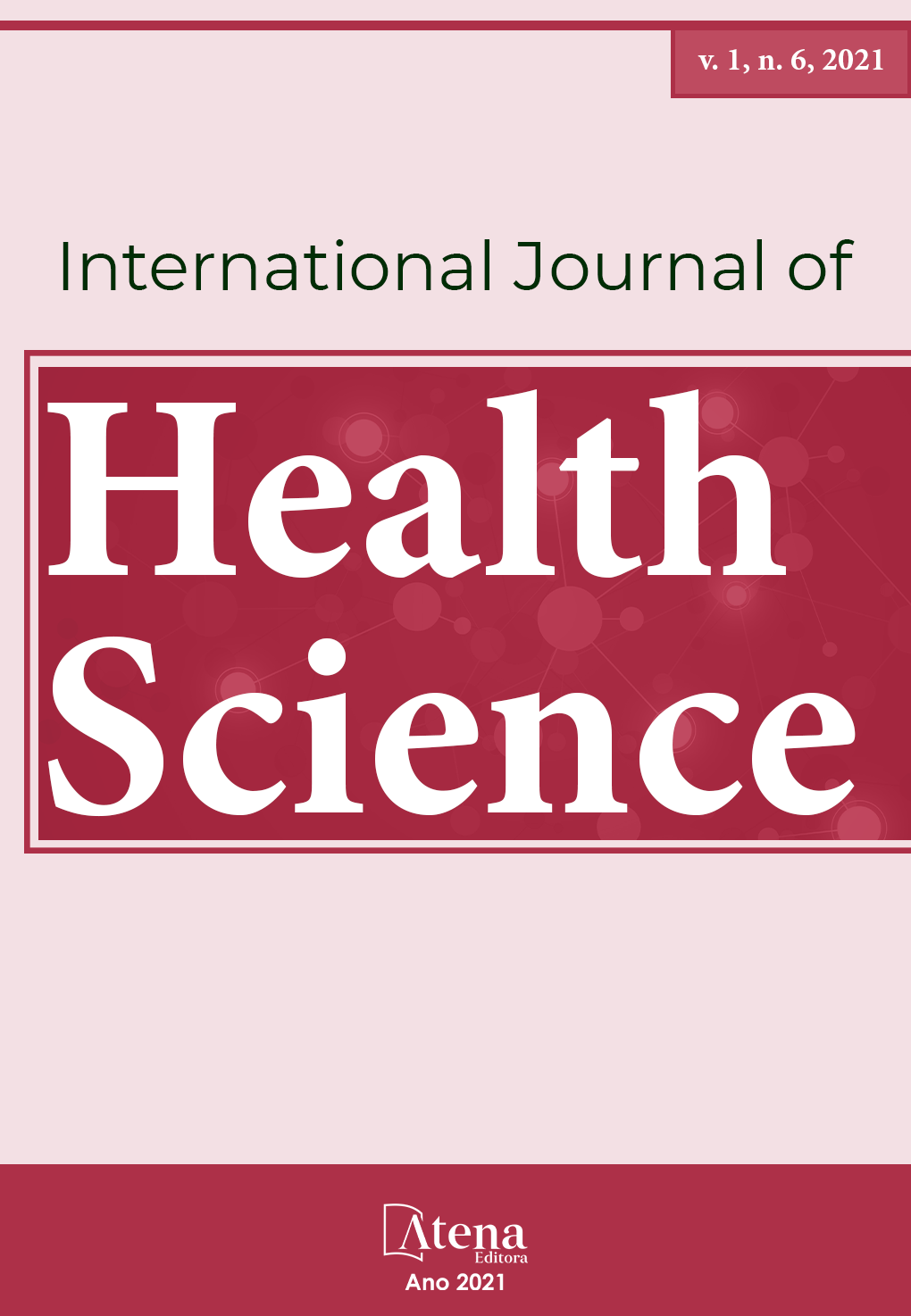
USE OF ANTIMICROBIAL PHOTODYNAMIC THERAPY IN THE TREATMENT OF INTRAORAL FISTULA: CASE REPORT
Antimicrobial Photodynamic Therapy (aPDT) has been used as an adjunct in endodontic treatment to optimize the effectiveness of disinfection of the root canal system, thus increasing its success rate. Objective: To describe the use of aPDT via fistula as a non-invasive therapeutic approach in case of chronic periapical abscess with persistent fistula. A 19-year-old male patient came to the clinic complaining of the presence of a blister on the hard palate, also reporting that he had suffered dental trauma some years ago. During the clinical examination, a fistula was detected in the palate, close to tooth 11 and a negative response to the cold sensitivity test. Imaging examinations, periapical radiography and cone beam computed tomography showed a circumscribed radiolucent area associated with the apex of tooth 11, a hypodense area and palatal bone fenestration, and an image suggestive of an open apex, respectively. The suggestive diagnosis was chronic periapical abscess. The initial treatment plan included coronary opening, neutralization of the necrotic content of the root canal, and intracanal medication based on calcium hydroxide/pmcc for 15 days. After this period, it was observed that the fistula had not regressed, choosing to perform aPDT in the root canal (methylene blue 0.005%, pre-irradiation time 3 minutes, Laser AsGaAl λ 660nm, 100mW, 9J using optical fiber) and exchange of intracanal medication for another 15 days. Upon return, the clinical examination showed that the fistula was still present and active, so it was decided to perform aPDT in the fistula, with the same parameters used previously in the root canal. Fifteen days after performing aPDT on the fistula, the patient had no signs and symptoms. Before filling the root canal, an apical plug was performed with MTA flow (Ultradent, South Jordan – Utah/USA). Clinical, radiographic and tomographic control after 1 year of treatment showed absence of symptoms and bone neoformation in the periapical region, indicating that the therapeutic approach used proved to be effective in controlling the infection.
USE OF ANTIMICROBIAL PHOTODYNAMIC THERAPY IN THE TREATMENT OF INTRAORAL FISTULA: CASE REPORT
-
DOI: 10.22533/at.ed.1592130115
-
Palavras-chave: Photodynamic Therapy, Fistula, Bacterial Biofilms.
-
Keywords: Photochemotherapy, Fistula, Biofilms
-
Abstract:
Antimicrobial Photodynamic Therapy (aPDT) has been used as an adjunct in endodontic treatment to optimize the effectiveness of disinfection of the root canal system, thus increasing its success rate. Objective: To describe the use of aPDT via fistula as a non-invasive therapeutic approach in case of chronic periapical abscess with persistent fistula. A 19-year-old male patient came to the clinic complaining of the presence of a blister on the hard palate, also reporting that he had suffered dental trauma some years ago. During the clinical examination, a fistula was detected in the palate, close to tooth 11 and a negative response to the cold sensitivity test. Imaging examinations, periapical radiography and cone beam computed tomography revealed a circumscribed radiolucent area associated with the apex of tooth 11, a hypodense area and palatal bone fenestration, and an image suggestive of an open apex, respectively. The suggestive diagnosis was chronic periapical abscess. The initial treatment plan included coronary opening, neutralization of the necrotic content of the root canal, and intracanal medication based on calcium hydroxide/pmcc for 15 days. After this period, it was observed that the fistula had not regressed, choosing to perform aPDT in the root canal (methylene blue 0.005%, pre-irradiation time 3 minutes, Laser AsGaAl λ 660nm, 100mW, 9J using optical fiber) and exchange of intracanal medication for another 15 days. Upon return, the clinical examination showed that the fistula was still present and active, so it was decided to perform aPDT in the fistula, with the same parameters used previously in the root canal. Fifteen days after performing aPDT on the fistula, the patient had no signs and symptoms. Before the root canal filling, an apical plug was performed with MTA flow (Ultradent, South Jordan – Utah/USA). Clinical, radiographic and tomographic control after 1 year of treatment showed absence of symptoms and bone neoformation in the periapical region, indicating that the therapeutic approach used was effective in controlling the infection.
-
Número de páginas: 14
- Luis Cardoso Rasquin
- Fabiola Bastos de Carvalho
- Hannah Barros Simões


